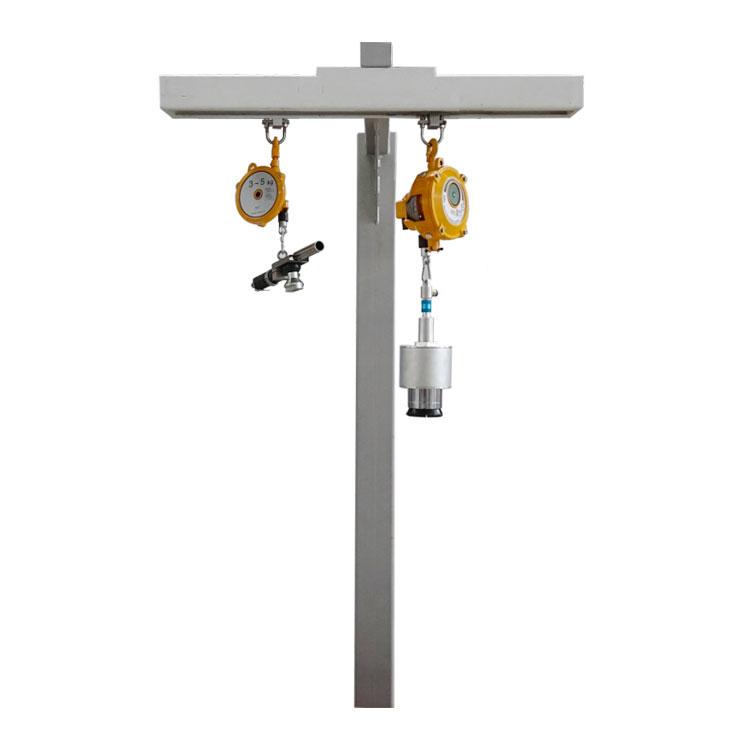Cleanroom Compatibility: Using Handhold Cap Screw Machines in Controlled Environments
2024-04-24
In industries where precision, cleanliness, and compliance with strict standards are paramount, such as pharmaceuticals, electronics, and aerospace, cleanroom environments play a crucial role. These controlled environments maintain low levels of airborne particles to protect products from contamination. However, can handhold cap screw machines be effectively used in such environments? In this blog, we'll explore the compatibility of handhold cap screw machines with cleanroom environments.
Understanding Cleanroom Requirements:
Cleanrooms are classified based on the number of particles per cubic meter of air, typically ranging from ISO Class 1 (the cleanest) to ISO Class 9 (the least clean). They have stringent requirements for air filtration, gowning, and equipment cleanliness to prevent contamination of sensitive products or processes.
Challenges of Using Machinery in Cleanrooms:
Introducing machinery into cleanroom environments poses challenges due to the risk of generating particles, which can compromise product integrity. Traditional manufacturing equipment, including automated screwing machines, may not be suitable for cleanroom use due to their potential to shed particles and contaminants.
Handhold Cap Screw Machines in Cleanrooms:
While handhold cap screw machines are operated manually, they can still be used effectively in cleanroom environments with proper precautions:
1. Design for Cleanliness:
Manufacturers offer handhold cap screw machines designed specifically for cleanroom use. These machines feature smooth surfaces, sealed components, and materials that minimize particle generation.
2. HEPA Filtration:
Some handhold cap screw machines come equipped with high-efficiency particulate air (HEPA) filters to capture airborne particles and maintain cleanroom cleanliness.
3. Gowning and Training:
Operators must undergo rigorous gowning procedures and receive training on cleanroom protocols to minimize contamination risks. This includes wearing appropriate cleanroom garments, such as gloves, gowns, and hair covers.
4. Regular Maintenance and Cleaning:
Regular maintenance and cleaning of handhold cap screw machines are essential to prevent particle buildup and ensure cleanliness. Operators should follow strict cleaning protocols using approved cleaning agents and procedures.
5. Controlled Usage:
Handhold cap screw machines should be used judiciously in cleanrooms, with strict controls on their operation and access. Limiting the frequency of machine use and ensuring proper positioning within the cleanroom can help minimize contamination risks.
Benefits of Using Handhold Cap Screw Machines in Cleanrooms:
Despite the challenges, handhold cap screw machines offer several advantages for cleanroom applications:
- Precision sealing without the need for automated equipment, reducing the risk of particle generation.
- Flexibility to handle various cap sizes and types, accommodating diverse production needs.
- Ease of operation and manual control, allowing operators to make adjustments quickly and accurately.
Conclusion:
While handhold cap screw machines require careful consideration and adherence to strict protocols, they can be effectively used in cleanroom environments with proper precautions. Manufacturers should invest in cleanroom-compatible machines, provide thorough training for operators, implement stringent maintenance and cleaning procedures, and control usage to minimize contamination risks. With these measures in place, handhold cap screw machines can contribute to the efficiency, productivity, and cleanliness of cleanroom operations in industries where contamination control is paramount.



